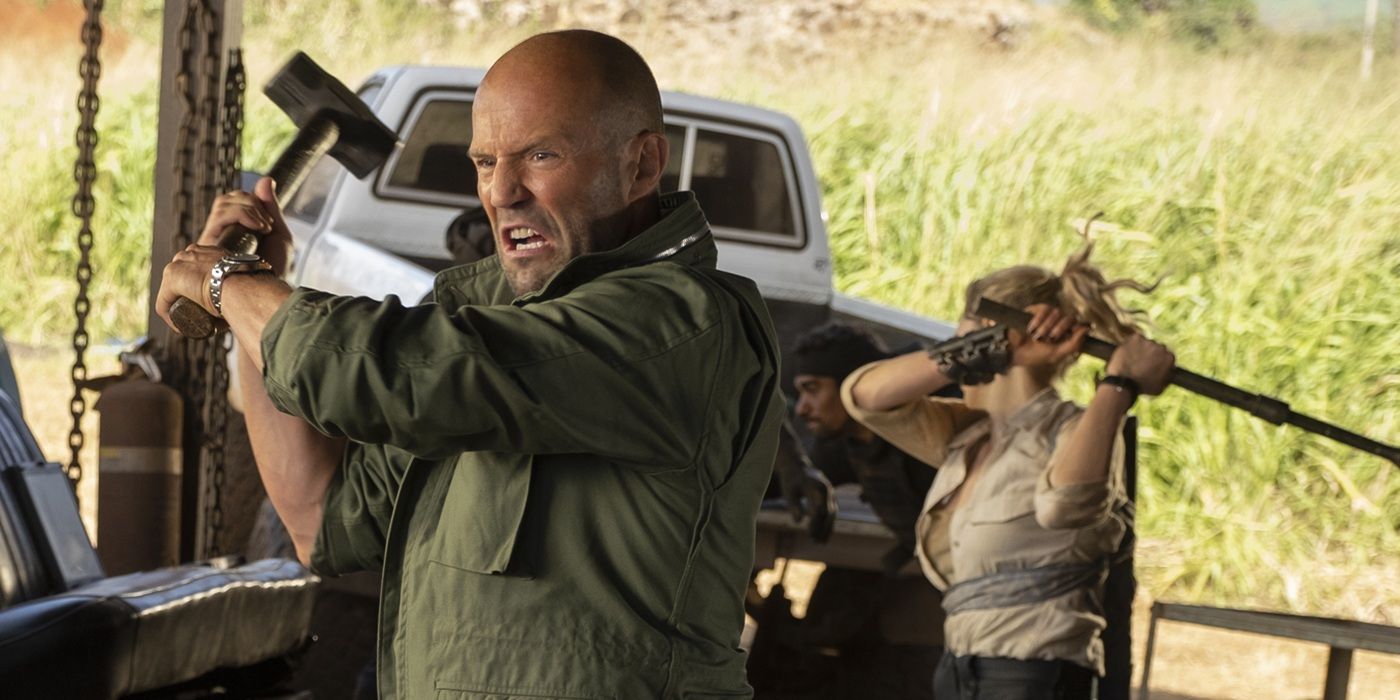

Someone always sees it coming. In 1964, renowned Soviet engineer and writer Genrikh Altshuller attempted to catalogue all technologies that had been predicted by science fiction. His list included photography, which had been predicted by the French writer Tiphaigne de la Roche in Giphantie and the hologram, predicted by M. P. Shiel in The Last Miracle. However, a lot has happened since Altshuller examined all this. Many more predictions have been made, especially on television, which was still in its infancy when the Soviet engineer did his research.
In this list, we shall thus look at classic sci-fi shows (pre-2000) that accurately predicted the future. The modern forms of technology might not be exact copies of the ones that appeared on screen years ago, but they rely on the same scientific concepts and are mostly similar in design. Were the inventors influenced by what they saw on these shows? It’s hard to tell, but we’re glad that some of the anticipated technology is here. For others, the jury is still out on whether the innovations are good or bad.
Here are 9 predictions from classic sci-fi shows that actually came true.
9
‘The Hitchhiker’s Guide to the Galaxy’ (1981)
Prediction: Digital Encyclopedias, E-books, and Databases
The Hitchhiker’s Guide to the Galaxy stars Simon Jones as Arthur Dent, an Englishman who is rescued by alien researcher Ford Prefect (David Dixon) shortly before Earth is destroyed to create way for a hyperspace bypass. They hop on a Vogon ship and ride across the galaxy, meeting plenty of eccentric characters along the way.
Knowledge: Everywhere, Anywhere
Throughout the show, Adams’ character constantly relies on “Hitchhiker’s Guide,” a portable electronic book, for information. This was basically the first digital encyclopedia and the first e-book reader. The show came out three decades before the first Kindle was released, and two decades before Wikipedia launched. While the version seen in the series wasn’t literally what we see today, The Hitchhiker’s Guide foreshadowed the entire idea of on-the-go digital information, accessed by tapping onto handheld screens.
8
‘The Six Million Dollar Man’ (1973 – 1978)
Prediction: Bionic Limbs and Implants
In The Six Million Dollar Man USAF astronaut Colonel Steve Austin (Lee Majors) gets seriously injured in a NASA test flight crash. His body is then rebuilt with expensive bionic implants that grant him superhuman strength. After that, he get employed as a secret agent, helping the U.S. government deal with various kinds of threats.
Stronger Than Ever
The Six Million Dollar Man brings sheer lunacy to its concept. Admittedly, no one with bionic limbs can lift cars and run at 70mph. However, the show’s creators accurately foresaw the rise of advanced bionic limbs and impacts that guarantee coordination between muscle, nerve, and machine. We now have myoelectric prosthetics (muscle-controlled limbs) and neural interfaces. Though rare, we also have retinal implants that offer something close to the 20:1 zoom lens with infrared capabilities that Steve Austin has in the ‘70s sci-fi series.
7
‘Space: 1999’ (1975 – 1977)
Prediction: Remotely Piloted Spacecraft
Space: 1999 sees the crew of Moonbase Alpha (a scientific research outpost located on the Plato crater in the Moon’s Northern Hemisphere) get stranded in space after a nuclear explosion pushes the Moon out of Earth’s orbit. Commander John Koenig (Martin Landau) does his best to maintain order as the stranded men and women journey through deep space. Along the way, they encounter alien civilizations and various kinds of threats.
Easy Trip Out of Earth
On the show, Eagle Transporters are used for reconnaissance, transport, rescue, and defense. They are often controlled remotely by people in Moonbase Alpha’s Main Mission Control Center. These aircraft are similar to the SpaceX Dragon and the Boeing Starliner, which often ferry crew and cargo to the International Space Station (ISS). When Space: 1999 space flight was entirely manual, and many assumed the situation would remain this way for a long time to come, given the complexity of out-of-Earth missions. Well… look what we have now.
6
‘The Jetsons’ (1962 – 1963)
Prediction: Video Calls, Flat-Screen Televisions, and Smartwatches
Set in the year 2062, The Jetsons revolves around a family residing in Orbit City, where the architecture is modeled after the Googie style and buildings are raised high above the ground to avoid pollution. The family’s housekeeping tasks are performed by a robot maid named Rosie. They also have a dog named Astro that speaks in a growl-like manner and begins each word with an “R.”
Funny and Accurate
Widely regarded as one of the best animated sci-fi shows of all time, The Jetsons presents plenty of unique and exciting fictional technology that eventually became commonplace. For example, the characters mainly talk to each other through video calls. Some wristwatches allow communication, similar to modern smartwatches. Besides that, there are flat-screen televisions and robot assistants. Culturally, the show deserves praise for accurately foreshadowing overreliance on technology, tech-based environmental control, and the automation of common tasks.
5
‘Star Trek: The Original Series’ (1966 – 1969)
Prediction: Flip Phones and Touch Screens
The most dazzling and arguably most technically accomplished of the franchise installments, Star Trek: The Original Series is a deep look into the enthralling and disorienting effects of space travel and technology. It follows the crew members of the USS Enterprise (NCC-1701), captained by the resourceful James T. Kirk (William Shatner), as they explore deep space territories in the 23rd century. Most events take place in the Milky Way galaxy.
A Flawless Sci-Fi Show
Today, Star Trek: The Original Series is a jaw-dropping spectacle that certainly reflects creator Gene Roddenberry’s wistful longing for advancement. Among the devices shown here are the foldable communicators, which resemble early flip phones. These devises are slowly going out of vogue, but Roddenberry and his team were up to something there. Besides that, there are touch screens used by the crew to read and input data. Such technology is everywhere nowadays. Beyond that, humans and aliens on the show never have a hard time understanding each other because they have universal translators. The modern world, too, has translator apps to help break language barriers.
4
‘Doctor Who’ (1963 – 1989)
Prediction: Virtual Reality
One of the longest-running British shows, Doctor Who is all about the Doctor, a time-traveling alien and Time Lord from the planet Gallifrey. He moves through time and space using the TARDIS, a ship that looks like a British police box. Thanks to his regenerative abilities, the Doctor can change his appearance and personality. This has allowed different actors to portray the character over the years.
Peeking Through Time
Doctor Who has always been more fantastical than prognostic at times, but it got a few things right during its early years. Take the term “virtual reality,” which was first used in a sci-fi context in Damien Broderick’s 1982 novella, The Judas Mandala, yet the British series had already covered the concept in the episode, “The Deadly Assassin.” The series also features complex AI systems in its early episodes, notably WOTAN and BOSS. What about space travel? Blue Origin, Space Adventures, SpaceX, and Galactic have made this possible.
3
‘Thunderbirds’ (1965 – 1966)
Prediction: AI-assisted Homes and Underwater Exploration Vehicles
Set between 2065 and 2067, Thunderbirds follows members of the wealthy Tracy family, who run International Rescue, a secret organization formed to save human lives. Operating from a base on an island in the Pacific Ocean, the crew members can coordinate complex missions using sea, land, air, and space vehicles.
Tracys to the Rescue
Screen industrialists are known for their schadenfreude, but not the Tracys, who often went to great lengths to save others. In the process, we saw plenty of tech that became real. The AI-assisted smart homes seen on Tracy Island are a thing now. Underwater exploration vehicles have also become very common, though the process has turned out disastrous at times.
2
‘The Outer Limits’ (1963 – 1965)
Prediction: Biometric Hacking
The anthology series, The Outer Limits, has aged quite well. Stunningly filmed and evoking shades of The Twilight Zone and Hitchcock, this sumptuous, elegant masterpiece presents different speculative tales, each with a spooky tone and peppered with a moral lesson. The show is also known for its iconic opening narration: “There is nothing wrong with your television set… ”
Anything’s Possible
The actors in The Outer Limits play to high standards, but it’s the sci-fi concepts that will hook you. Take the episode “The Hundred Days of the Dragon,” where an unnamed Asian nation secretly kills a popular American presidential candidate and replaces him with a fake. The story heavily explores biometric hacking, as those suspicious of the man are unable to prove he is an impostor. Today, fingerprint-related crimes have become common and are often used in fraudulent activities.
1
‘The Twilight Zone’ (1959 – 1964)
Prediction: Job Automations
Created and presented by Rod Serling, The Twilight Zone serves viewers standalone tales in which characters find themselves deep in disturbing and unusual events (an experience described as “entering the Twilight Zone”), often with a twist ending and a moral lesson. While primarily a science fiction production, the show also features Kafkaesque and paranormal events.
Rise of the Machines
Like Black Mirror, The Twilight Zone was often structured to be as outrageous as possible, but most of its weird plots ended up becoming a reality. Check out the episode “The Brain Center at Whipple’s” where the owner of a large Midwestern manufacturing corporation installs a machine named the “X109B14 to automate tasks, resulting in thousands of layoffs. Today, lots of people are losing their jobs because of machines. According to a BBC report, robot automation will take 800 million jobs by the year 2030. Rod Serling probably never imagined the scale at which it would all happen when he wrote the episode.
Release Date
1959 – 1964
Network
CBS
Directors
John Brahm, Buzz Kulik, Douglas Heyes, Lamont Johnson, Richard L. Bare, James Sheldon, Richard Donner, Don Medford, Montgomery Pittman, Abner Biberman, Alan Crosland, Jr., Alvin Ganzer, Elliot Silverstein, Jack Smight, Joseph M. Newman, Ted Post, William Claxton, Jus Addiss, Mitchell Leisen, Perry Lafferty, Robert Florey, Robert Parrish, Ron Winston, Stuart Rosenberg
Writers
Charles Beaumont, Richard Matheson, Earl Hamner, Jr., George Clayton Johnson, Jerry Sohl, Henry Slesar, Martin Goldsmith, Anthony Wilson, Bernard C. Schoenfeld, Bill Idelson, E. Jack Neuman, Jerome Bixby, Jerry McNeely, John Collier, John Furia, Jr., John Tomerlin, Lucille Fletcher, Ray Bradbury, Reginald Rose, Sam Rolfe, Adele T. Strassfield
-
Vaughn Taylor
Mr. Carsville
You can view the original article HERE.

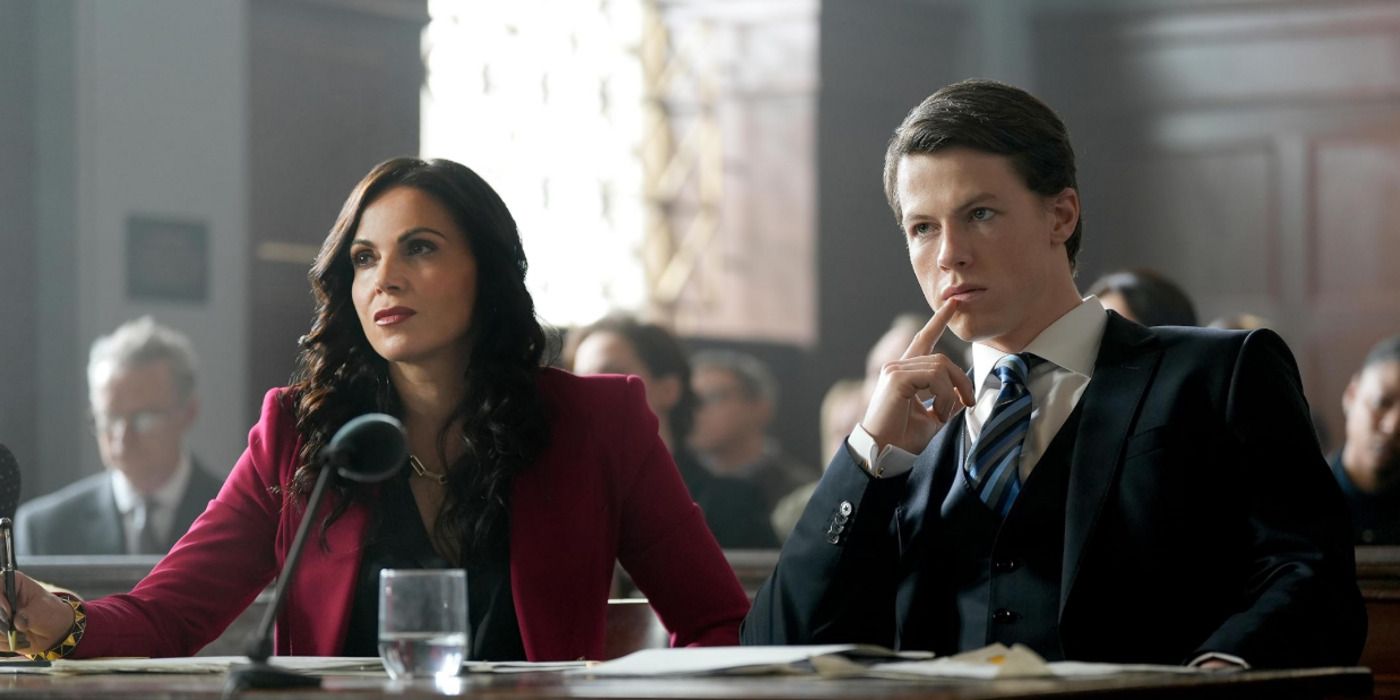

:quality(85):upscale()/2025/08/14/650/n/1922283/470aeb83689df49cdc1bb6.14084110_.jpg)
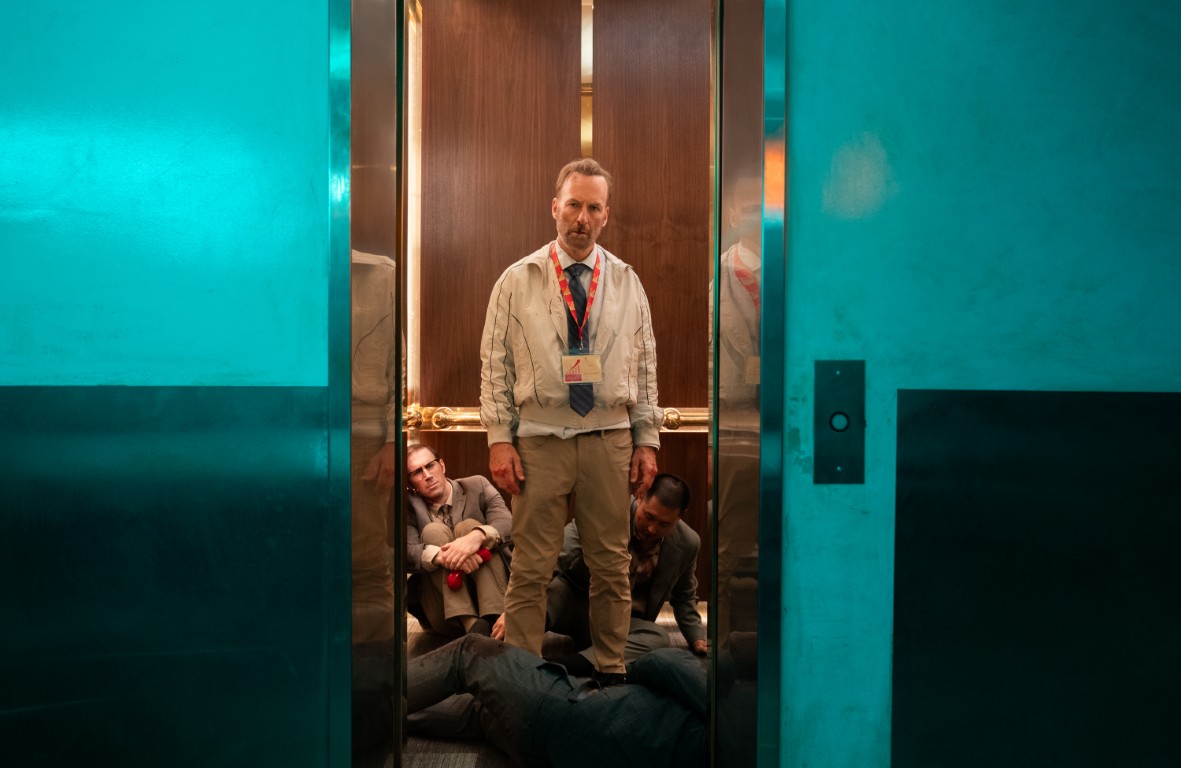
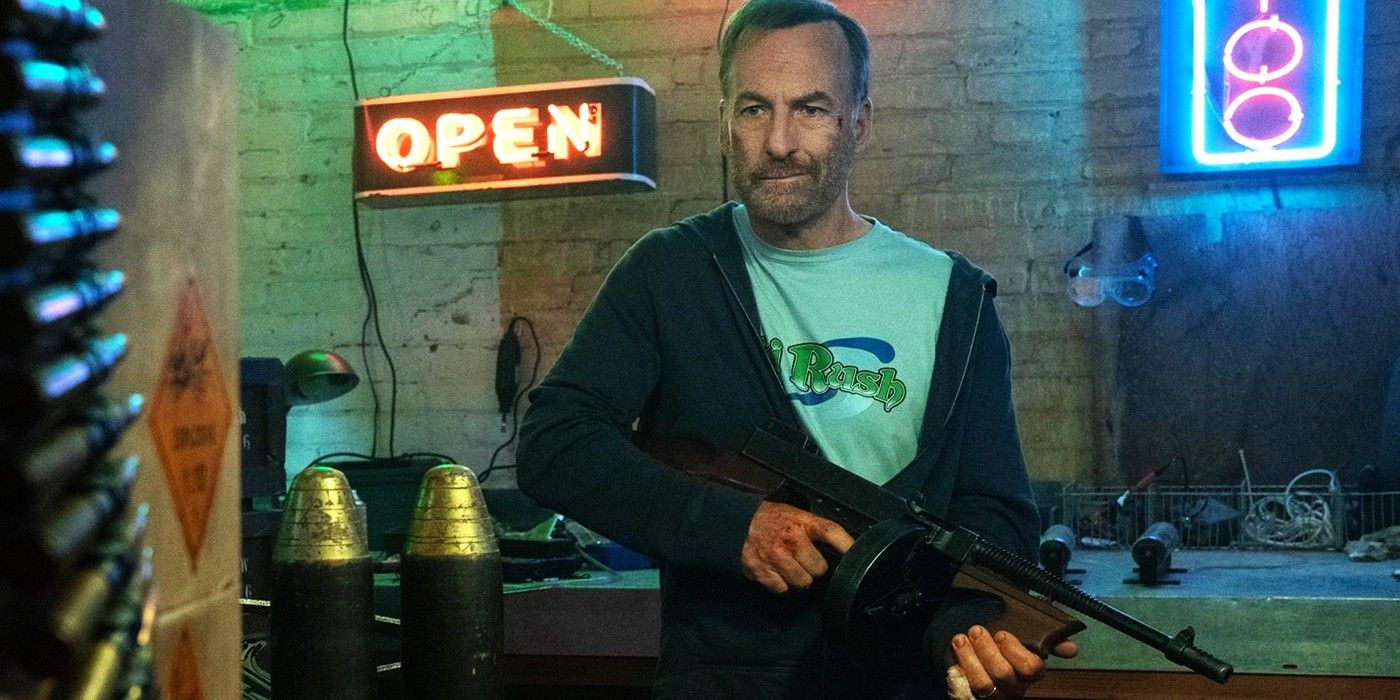


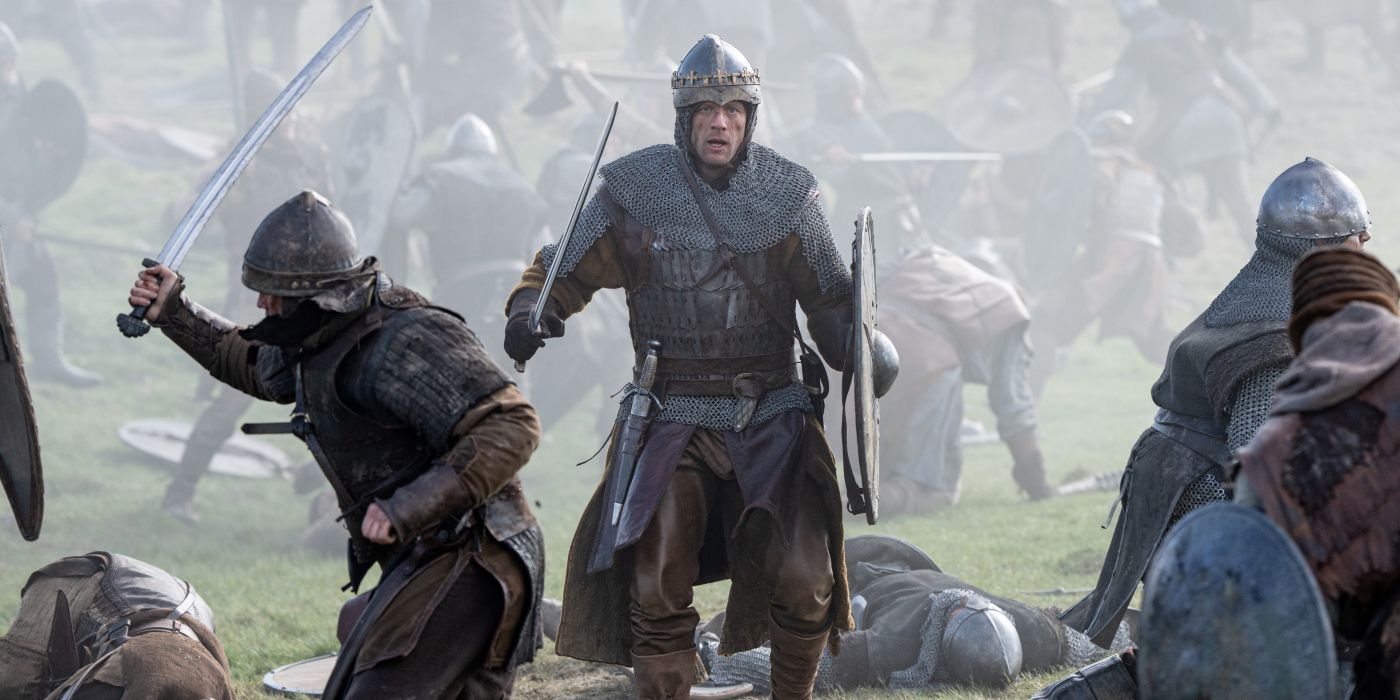





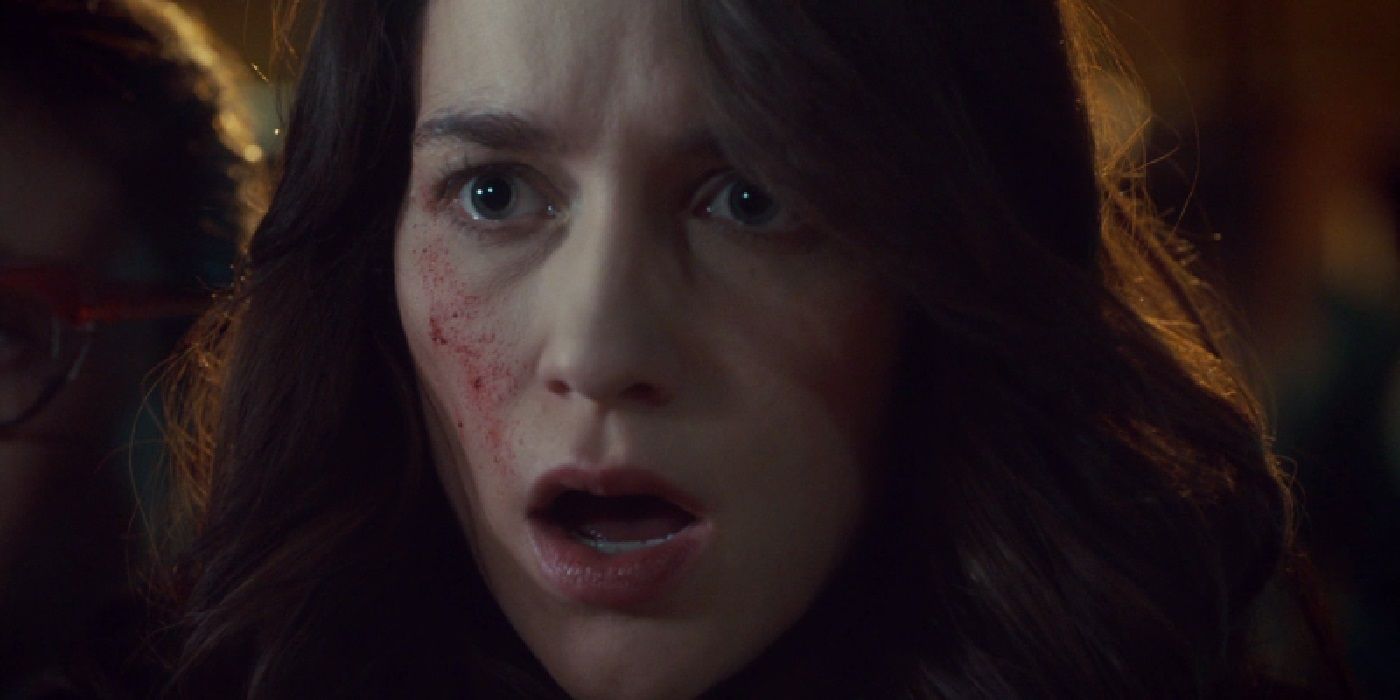
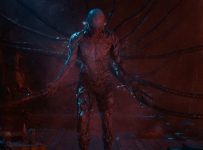



![Impossible – The Final Reckoning’ Clip Sees Tom Cruise Soar [Exclusive] Impossible – The Final Reckoning’ Clip Sees Tom Cruise Soar [Exclusive]](https://static1.moviewebimages.com/wordpress/wp-content/uploads/2025/08/mcdmiim_pa109.jpg)





